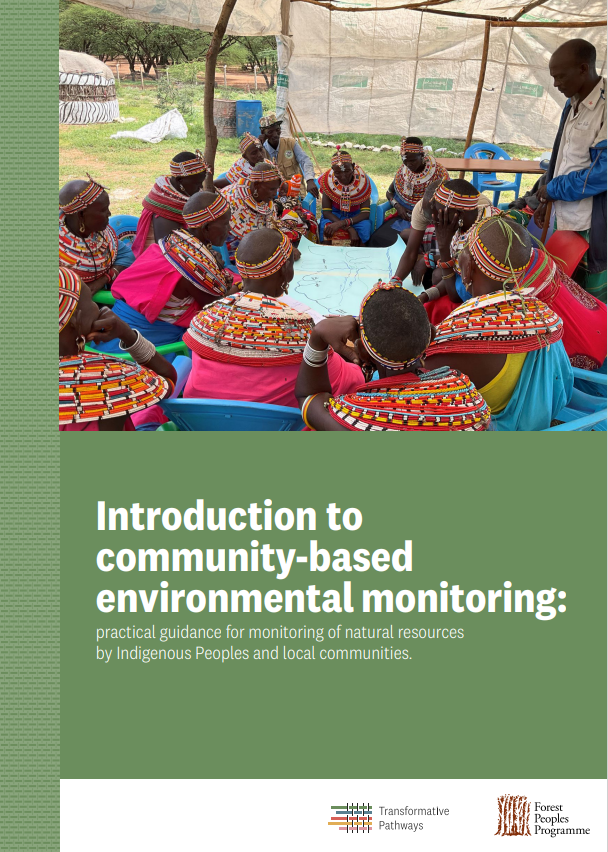University of Oxford
11a Mansfield Rd
OX1 3SZ
UK
Embedding and scaling up the contributions of indigenous peoples and local communities (IPLCs) to the conservation and sustainable use of biodiversity: towards transformative change
Research Overview:
Biodiversity and ecosystem services on lands governed by indigenous peoples and local communities (IPLCs) are declining less rapidly than elsewhere. These lands constitute at least a quarter of the total global land area (IPBES, 2019) and overlap significantly with biodiversity-rich areas. They are therefore crucial to fulfilment of the CBD objectives. They also provide significant carbon stores. However, IPLC contributions to management, conservation and sustainable use of biodiversity and to global climate change mitigation are largely unsupported and invisible in the CBD’s national and global reporting processes. Likewise, mechanisms for IPLC participation in the CBD are weak. In 2016, only 20 Parties to the CBD reported involvement of IPLCs in the submitted NBSAPs (18%) (CBD/COP/13/8). Moreover, in many countries, inappropriate national laws and policies, low awareness of the value of IPLC knowledge and practices, lack of capacity, and lack of institutional and financial mechanisms to support IPLCs effectively are threats to their long-term contributions to biodiversity conservation and sustainable use.
There is thus huge unrealised potential to upscale low-cost, high-benefit support for IPLCs’ contributions to biodiversity conservation, carbon storage and sustainable use (WRI, 2016) and to embed them in the post-2020 Global Biodiversity Framework at all levels.
This project is led by the Forest Peoples Programme, in collaboration with UNEP-WCMC, and Life Mosaic.
Outline of Research:
The overall goal is that long-term biodiversity conservation and sustainable use by indigenous peoples and local communities (IPLCs) is better recognised, supported, scaled up and embedded in all aspects of the post-2020 Global Biodiversity Framework. It will strengthen local level actions of IPLCs in six countries for self-determined sustainable land and resource governance and biodiversity conservation, ensuring the development and piloting of local approaches. It builds on local experience to engage national level actors to create an enabling environment for scaling up support to local contributions to biodiversity as part of achieving global and national Aichi targets. It combines this with effective partnerships and mechanisms for full participation of IPLCs in NBSAP processes at national level and global CBD processes, including monitoring and reporting. It draws lessons from local and national experiences to disseminate at regional and global levels.
Objectives:
The overall goal of this project will be achieved through work in six partner countries and at regional and global levels:
(i) IPLCs undertake local initiatives for self-determined land and resource governance for biodiversity conservation, sustainable use and benefit-sharing
(ii) Development of new national partnerships and enabling measures to support the above
(iii) Development of effective partnerships and accessible mechanisms for full and equitable participation of IPLCs in National Biodiversity Strategies and Action Plans (NBSAP) processes and in global CBD processes
(iv) Documentation, exchange, analysis and wider dissemination of lessons learned at local, national and global levels
Summary of planned activities:
ICCS is approaching this project from both sides of the spectrum- by working with project partners to increase their capacity and the capacity of IPLCs in Kenya and in Thailand, to monitor the biodiversity on their lands, while also working from within conservation to enable positive change in the way the conservation sector (including government, conservation NGOs and the academic) engages with IPLCs. We will:
1. Develop, pilot and tailor a set of innovative tools and approaches with input from partners and communities to monitor biodiversity.
2. Provide training workshops for in-country partner organisations in wildlife population monitoring methods such as camera traps, and/or participatory monitoring approaches.
3. Support partners to demonstrate their contributions to biodiversity conservation to external audiences by feeding into national monitoring priorities and frameworks, as well as develop reporting processes to monitor the health of local biodiversity of importance to them and develop reporting processes to monitor the health of local biodiversity of importance to them.
4. Develop sustainable use plan for non-timber forest projects and biodiversity, where required.
5. Stimulate positive change and improve the capacity for effective, equitable engagement with IPLCs by the conservation sector by developing norms and guidance, and providing training sessions and resources for conservation actors. At the other end of the scale, we will provide ongoing support to project partners and communities to feed their monitoring data into national frameworks and management plans.
6. Providing a platform for IPLCs to share their perspectives to a conservation audience through strategic publications and presentations.
Project output

Introduction-to-community-based-environmental-monitoring
This guide is for the local organisations working with communities (e.g. community-based organisations and local non-governmental organisations), which are facilitating Indigenous Peoples and Local Communities (IPs and LCs) to design and implement environmental and biodiversity monitoring activities on their lands. The guide includes approaches and considerations for all aspects of environmental monitoring, but with a particular focus on biodiversity monitoring in response to the needs and priorities set by partners of the Transformative Pathways Project.



